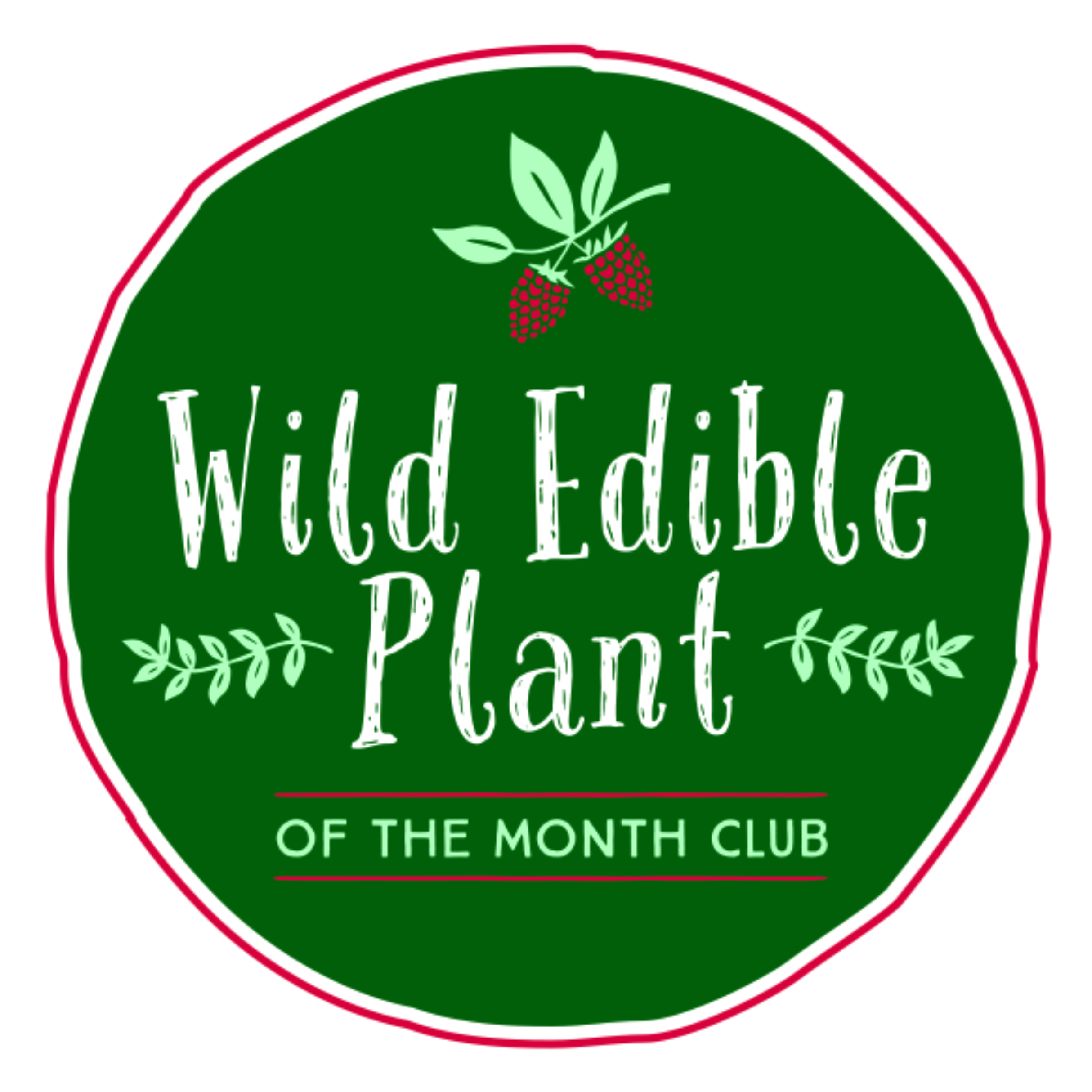Common Blue Violet: Viola sororia
Scientific Name: Viola sororia
Common Names: Common Blue Violet, Purple Violet, Woolly Blue Violet
Family: Violaceae
Native Region: The Common Blue Violet is native to eastern North America.
Habitat: This plant thrives in a variety of habitats, including woodland edges, open woods, meadows, and damp areas.
Leaf Shape: The leaves of the Common Blue Violet are heart-shaped.
Leaf Margin: The leaf margin is serrated (toothed) along the edges.
Leaf Arrangement: The leaves from the base in a messy cluster.
Flower Description: The flowers of the Common Blue Violet are small and showy with five petals. The color of the petals can vary from purple to bluish-purple or even white. They are typically found on the long stems arising from the base of the plant.
Plant Height: Common Blue Violets can grow up to 4 to 8 inches (10 to 20 cm) tall.
Growing Cycle: This plant is a perennial, meaning it lives for more than two years, and it regrows each year from the same root system.
Interesting Facts:
The Common Blue Violet is the state flower of Illinois, Wisconsin, Rhode Island, and New Jersey.
It is an important host plant for caterpillars of fritillary butterflies.
The flowers are edible and can be used as a colorful garnish in salads or desserts.
The leaves and flowers of the Common Blue Violet have been used medicinally by some Native American tribes.
The plant is an early spring bloomer, providing a valuable source of nectar for bees and other pollinators.
Edible Parts: The leaves and flowers of the Common Blue Violet are edible.
Taste: The leaves and flowers have a mild, slightly sweet flavor.
Harvesting: To eat this plant, the leaves and flowers can be harvested directly from the plant. Be sure to pick them from a clean and pesticide-free area.
Best Harvest Time: It's best to harvest the leaves and flowers in early spring when the plant is in full bloom.
Poisonous Parts: The Common Blue Violet is generally considered safe for human consumption, but like with any wild plant, it's essential to be cautious and ensure proper identification before consumption.
Unique Identifying Features:
Heart-shaped leaves with serrated edges.
Five-petaled purple to bluish-purple flowers.
Small size, growing up to 4 to 8 inches tall.
Messy basal leaf arrangement.
Woolly hairs on the leaves and stems.
Harvestable Parts: Leaves and flowers can be harvested to eat.
Known Dangers: The Common Blue Violet is generally considered safe for consumption. However, some people may be allergic to violets, so it's best to try a small amount first if you haven't consumed them before.
Recipes Using Common Blue Violet:
Violet Salad: Mix fresh violet leaves and flowers with other greens, add a light vinaigrette dressing, and top with some toasted nuts and cheese.
Violet Syrup: Make a simple syrup by boiling sugar and water, then add violet flowers and simmer until the syrup has a violet flavor and color. Use the syrup in desserts or beverages.
Violet Tea: Steep fresh or dried violet leaves and flowers in hot water to make a soothing and aromatic herbal tea.
Ways to Use in the Kitchen:
Garnish: Use violet flowers to add a pop of color and a delicate flavor to salads, desserts, or drinks.
Herbal Tea: Make a refreshing tea from violet leaves and flowers by steeping them in hot water.
Infused Syrup: Create a violet-infused syrup to add a unique flavor to pancakes, waffles, or cocktails.
Please remember that before consuming any wild plant, it is crucial to be absolutely certain of its identification and consult a local expert or reputable resource to ensure it is safe and appropriate for consumption. Additionally, when using wild plants in recipes, it's essential to verify the reliability and safety of the sources you find.
Disclaimer for WildEdiblePlantoftheMonth.com:
The information provided on WildEdiblePlantoftheMonth.com is for entertainment and educational purposes only. While we strive to ensure accuracy and provide reliable information, we cannot guarantee the completeness, relevance, or timeliness of the content presented.
Before using or consuming any plant mentioned on this website, we strongly recommend verifying the information with a qualified health professional or medical doctor. It is essential to exercise caution and always seek the advice of a health professional before touching, handling, or consuming any wild edible or medicinal plant matter.
The content on this website is not intended to diagnose, prescribe, or treat any illness, injury, or health condition. We do not assume any liability or responsibility for any allergic reactions, illnesses, or injuries that may occur as a result of using the information presented on this website or trying any traditional or folk remedies.
As with any natural product, wild edible and medicinal plants can be toxic if misused. It is essential to understand the proper identification, preparation, and usage of these plants before incorporating them into your diet or daily routine.
Please exercise caution and keep all plants, especially toxic ones, out of the reach of children and pets.
By accessing and using the information provided on this website, you agree to do so at your own risk. WildEdiblePlantoftheMonth.com, its authors, contributors, and affiliates cannot be held liable for any damages, losses, or negative consequences resulting from the use of the information on this website.
Always prioritize your safety and well-being by seeking advice from a qualified health professional or medical doctor when dealing with health-related concerns or conditions.
